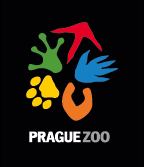The Gobi in Winter for Przewalski’s
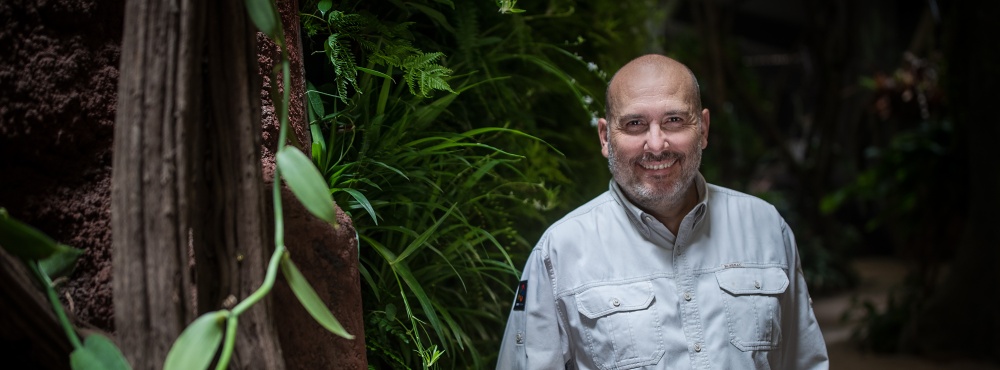
We had a lot of respect for the journey to the frozen Gobi in January. The reports coming from Mongolia spoke of temperatures falling to minus 50 degrees, and although not directly in the area where we were headed, we made sure we were equipped with the warmest winter clothing possible. It was worth it. Temperatures around 35 degrees below zero were awaiting us. Despite the biting cold the Gobi in the winter was strangely beautiful and, in a way, even pleasant and I came back with some of the most beautiful experiences of my life.
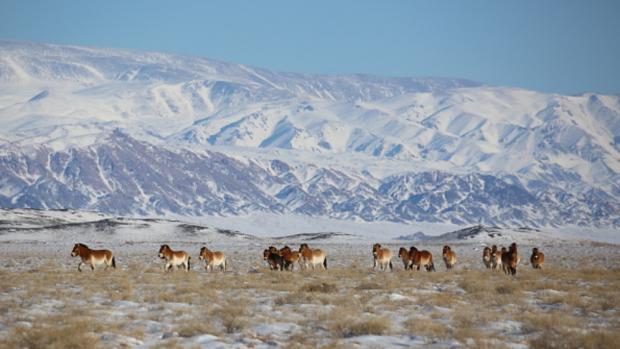 A herd of Przewalski’s horses led by the stallion Nomchon. The famous “Prague” mare Zeta is also a part of it. Photo by Miroslav Bobek, Prague Zoo
A herd of Przewalski’s horses led by the stallion Nomchon. The famous “Prague” mare Zeta is also a part of it. Photo by Miroslav Bobek, Prague Zoo
Under impossibly high, blue skies the white snow glistened in the bright sunlight, here and there tufts of grass or bushes poked out of the snow with a late morning covering of frost. The snow cover, which in places had been formed by the wind into shapes resembling sea surf, alternated with rock fields framed by shining white mountains looming in the background. It was in this stunning scenery that the Przewalski’s horses, the last wild horses, were grazing. We had been striving for many years to return them to the wild. In the middle of the winter they were so shaggy that they looked like cuddly toys and their rich colouring uniquely fitted in with the surrounding landscape. When I looked at the Przewalski’s horses with their shades ranging from dark brown via copper to a gentle ochre, I realized that without them, the Gobi would be missing something very important. Maybe it wouldn’t be the real Gobi ...
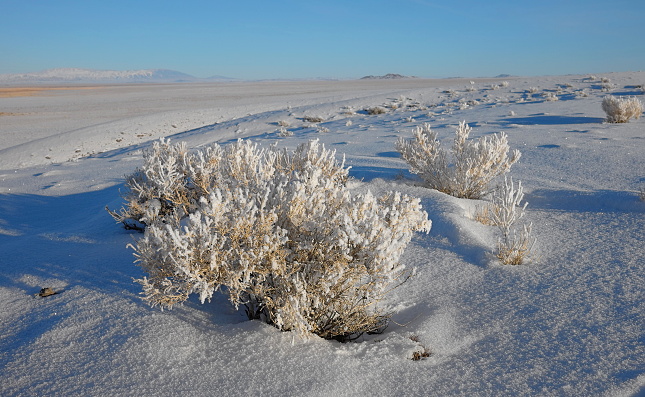
We gradually travelled around each Przewalski’s horses harem. One was combined with a group of camels, which often seek out Przewalski’s horses for protection against the wind and even more so from wolves; they were huddled together among the bushes in an oasis. We spotted the next herd at the foot of an undulating ridge and yet another in completely open countryside. Some groups of horses were very shy, so even in this period it was impossible to get closer to them, others allowed us to come up almost within touching distance. Many of these harems had mares that we had flown in from Prague. Xara, Bayan, Gretel, Paradise, Rabea... It was obvious at first glance that most of them were pregnant, and when I observed them, over and over again I felt a great sense of gratification. Yes, they belong here, and all the efforts, the obstacles overcome, the risks taken, all the sweat and tears, it was all worth it.
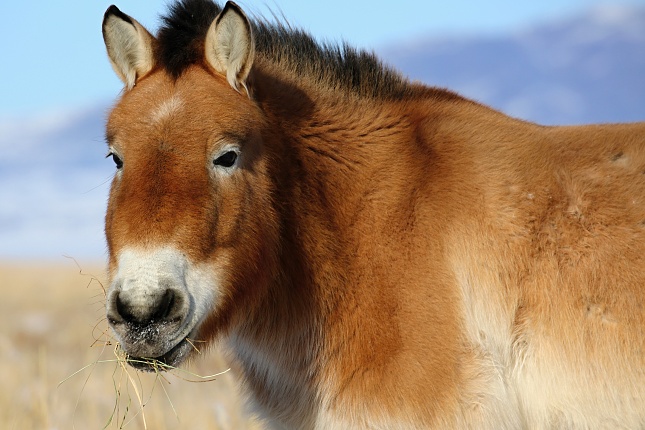
Thanks to the power of the experience, the sun and the rather dry air, one forgets how low the temperatures are whilst watching the Przewalski’s horses. But it would take just 15 minutes of taking pictures without gloves on and the next day your frostbitten fingers would have blisters as big as hazelnuts. Apart from this pitfall, not only is living outdoors bearable, but, in a way, it’s even pleasant. The nights are worse. In the evening, you return to overheated yurts - they can be more than sixty degrees warmer than outside – and if you don’t regularly feed the fire in the night, you will wake to frozen washing water in the morning. Going out at night requires a really big commitment.
On the last day, as always before departing, we went to see Zeta. This legendary mare was the first Przewalski’s horse to be born at our station in Dolní Dobřejov. Later she survived the tragic Gobi winter of 2009-10, and here she is today – at the grand old age of twenty-three years - the oldest Przewalski’s horse. She is the mother of eleven foals and a multiple grandmother. We managed to catch her in the large harem belonging to the stallion Nomchon. She was standing on its edge and her ribs could be seen under her skin. Goodbye Gobi granny. A tough grandmother. So, Zeta, see you in the summer!
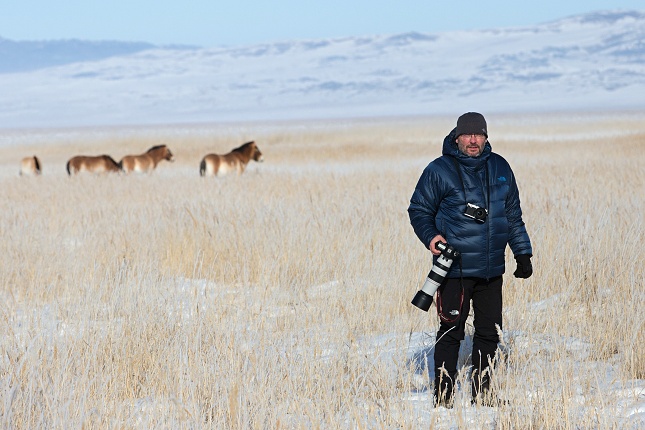
ZOOPRAHA.CZ
Contacts
- The Prague zoological garden
U Trojskeho zamku 120/3
171 00 Praha 7
Phone.: (+420) 296 112 230 (public relations department)
e-mail: zoopraha@zoopraha.cz
Others
